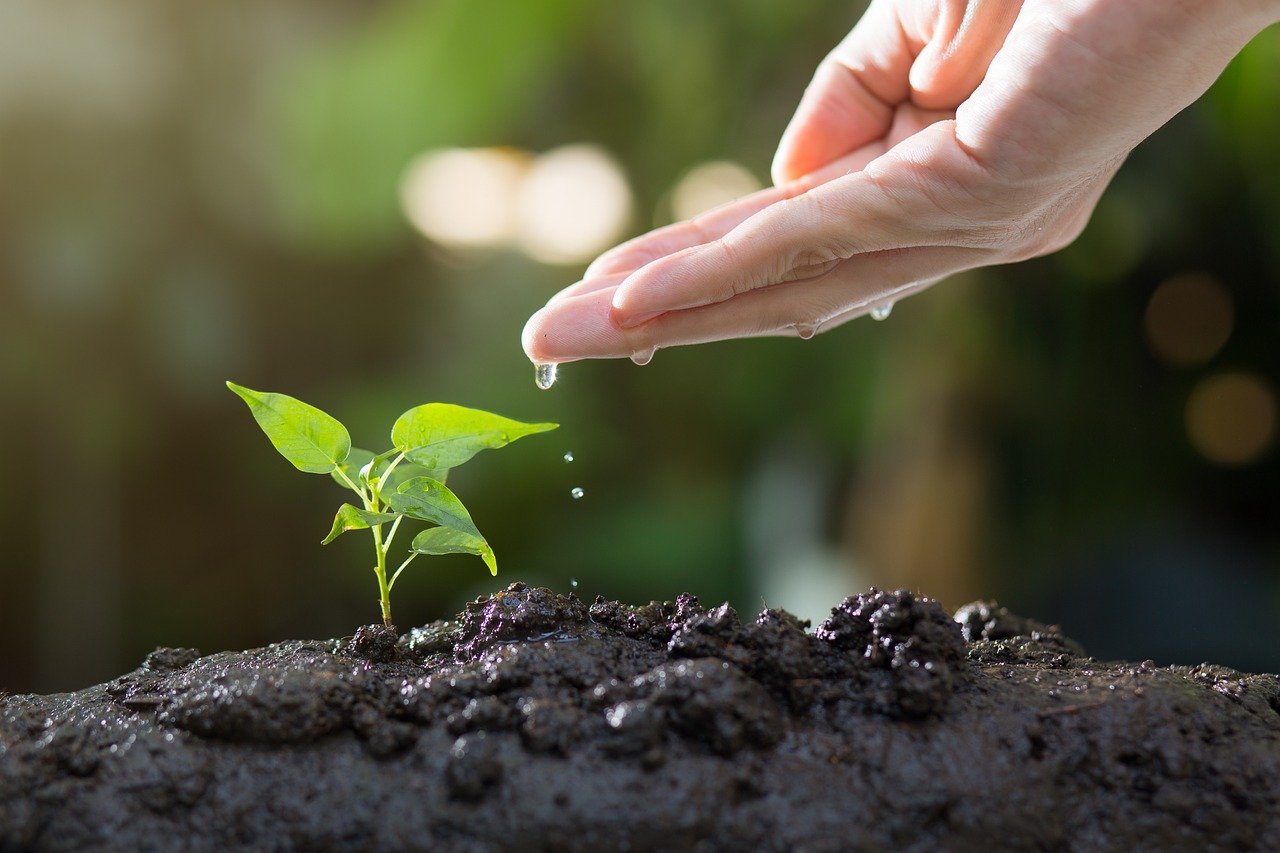
Florida might be known for its sandy beaches and theme park thrills, but beneath the glitz and glamour lies a fertile secret: the Sunshine State’s soil cradles the potential for an agricultural wonderland. With its long growing seasons, ample sunshine, and diverse microclimates, Florida beckons gardeners to unlock the bounty of the earth. But for those unfamiliar with its seasonal quirks, the Sunshine State can present a unique set of challenges. Fear not, green thumbs! By embracing these five golden rules on when to plant vegetables in Florida, you’ll be waltzing with wheelbarrows overflowing with homegrown goodness in no time
Rule #1: Know Your Frost Dates. It’s Not All Sunshine and Rainbows (Just Sunshine, Mostly)
Florida may boast year-round warmth, but don’t be lulled into a false sense of security. Jack Frost still pays the occasional visit, especially in the northern and central regions. Planting frost-sensitive veggies like tomatoes, peppers, and eggplants too early can lead to heartbreakingly wilted dreams. So, what’s the secret weapon? Frost dates! These handy markers indicate the average last and first frost dates for your specific location. By planting frost-sensitive crops after the last frost date and harvesting before the first, you’ll ensure your precious produce weathers the (brief) chillier spells.
Handy Hint: Don’t be afraid to get a little techy! The Florida Automated Weather Information System (FAWIS) provides real-time weather data and frost forecasts, making it your personalized Sunshine State gardening oracle.
Rule #2: Embrace the Seasons (and Their Quirks!)
Florida’s seasons aren’t your typical spring-summer-fall-winter waltz. We have a sultry “wet” season (roughly May to October) and a drier “dry” season (November to April). This might seem like a confusing tango for newbie gardeners, but fear not! Each season offers its own advantages:
- Wet Season: Think lush, vibrant growth! Take advantage of the abundant rainfall by planting fast-growing crops like leafy greens, okra, and pole beans. Just be mindful of fungal diseases that thrive in the humidity.
- Dry Season: Sunshine, sunshine, glorious sunshine! This is prime time for heat-loving veggies like tomatoes, peppers, and eggplants. Don’t forget to provide supplemental watering during hotter, drier periods.
Remember: Not all regions experience the wet and dry seasons with equal intensity. Research your specific area’s microclimate to optimize your planting for the unique seasonal ebbs and flows.
Rule #3: Location, Location, Location! Microclimates Matter.
Florida is a land of diverse landscapes, from sandy coastal plains to rolling hills and cypress swamps. This variety translates to a patchwork of microclimates, each with its own personality. What thrives in Miami might sulk in Tallahassee, and vice versa. So, before you break ground, take some time to understand your own little slice of paradise:
- Sun exposure: Does your garden bask in full sun all day, or does it enjoy dappled shade in the afternoon? Sun-loving veggies like tomatoes and peppers will require different real estate than shade-tolerant leafy greens.
- Wind exposure: Is your garden a wind tunnel or a sheltered haven? Wind can be harsh on delicate seedlings, so choose sturdy crops or provide windbreaks for fragile friends.
- Soil type: Sandy soil drains quickly, while clay soil retains moisture. Understanding your soil composition will help you choose plants that thrive in their watery (or not-so-watery) world.
Rule #4: Befriend the Good Guys: Companion Planting for Happy Harvests.
Nature is all about teamwork, and your Florida garden is no exception! Companion planting harnesses the power of plant relationships to create a thriving ecosystem. Here’s how it works:
- Plant pest-deterring buddies: Aromatic herbs like basil and marigolds can confuse and repel unwanted insects, protecting your precious veggies.
- Attract beneficial pollinators: Flowers like cosmos and zinnias lure in bees and butterflies, ensuring proper pollination and bountiful yields.
- Nitrogen fixers: Legumes like beans and peas enrich the soil with nitrogen, a vital nutrient for many vegetables.
Remember: Research the specific needs and interactions of your chosen plants to create a harmonious and productive garden orchestra.
Rule #5: Listen to the Land: Embrace Trial and Error (and Maybe Some Florida Gators)
Florida gardening is an adventure, and like any adventure, it comes with its fair share of surprises. Don’t be discouraged by the occasional setback – see it as a learning opportunity! Experiment with different planting times, varieties, and techniques. Keep a garden journal to track your successes and failures, and don’t be afraid to ask for advice from seasoned Florida gardeners
